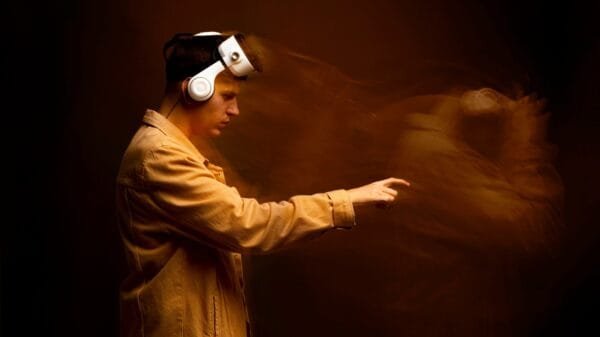The United States government had granted him what was then the most costly artistic commission in its history – a remarkable undertaking to commemorate the Constitution’s 150th anniversary. This endeavor left the Capitol housing an enigmatic “white elephant.”
Christy, renowned for his work as a magazine illustrator, seemed an improbable choice to memorialize a document as significant as the U.S. Constitution. His artistic portfolio was dominated by illustrations in magazines like Scribner’s and Harper’s, often featuring an idealized, conventionally attractive young woman. This recurring motif earned him the moniker of the “Christy Girl” and even led to his role as the sole judge for the inaugural Miss America pageant in 1921.
Nonetheless, his recent portraits of Vice President John N. Garner and Speaker of the House William Bankhead brought him to the attention of those central to his selection for this monumental project. The assignment was no small feat—a massive 20- by 30-foot canvas, framed and weighing a staggering 1,700 pounds, was to depict the signing of the U.S. Constitution in 1787.
The challenge of finding an appropriate location for this colossal artwork arose immediately. It had to adorn a place of prominence within the Capitol, yet its dimensions rendered it incompatible with any available wall space. This presented a dilemma since, as per the government’s commission, the canvas had to remain within the Capitol. In response, Christy ingeniously incorporated every signatory into his composition. He meticulously sought out 18th- and 19th-century portraits to serve as the foundation for each likeness. He even borrowed period attire from the Smithsonian to clothe one of his models, ensuring historical accuracy. The individual posing as George Washington had the honor of wearing the president’s own shoe buckles and holding his pocket watch.
Despite the artist’s efforts, the painting encountered widespread criticism for its perceived frivolous style. One critic dismissed it as “nothing more than a blown-up illustration,” while another asserted, “Our Founding Fathers are embarrassed.” In return for his considerable endeavors, Christy received a substantial payment of $30,000. Yet, even with this impressive compensation, the work has since become a source of amusement among art historians.
The oversized masterpiece, often labeled a “white elephant,” was eventually consigned to a secluded staircase in the Capitol, away from the prying eyes of the public. There it has quietly resided, hidden from view, as time marches on.
































